Starting ice skating? Choosing the right skates can make learning easier and more fun. Stability is the key for beginners, and the design of the skate blade plays a big role. Here's the quick breakdown:
- Double-blade skates: Perfect for first-timers, especially kids. They have two parallel blades for extra balance, making it easier to stay upright. But, they’re slower and less maneuverable.
- Single-blade skates: The classic choice for figure skating and hockey. They’re better for speed and advanced moves but require more balance and practice.
If you’re cautious or just skating for fun, go for double-blades. If you want to improve quickly or aim for sports like hockey, single-blades are your best bet. For outdoor adventures, products like Snowfeet* offer a flexible option to skate beyond the rink.
| Feature | Double-Blade Skates | Single-Blade Skates |
|---|---|---|
| Stability | Easier to balance | Requires more practice |
| Speed | Slower | Faster |
| Skill Development | Great for basics | Better for advanced techniques |
| Who It’s For | Kids, nervous beginners | Confident beginners, aspiring skaters |
Pick what matches your goals and comfort level. Let’s dive into the details!
Ice Skate Buying Guide - Which Ice Skates Should You Get?
Double-Blade Ice Skates: What They Offer
Double-blade ice skates are a go-to choice for beginners, offering features specifically designed to help new skaters find their footing - literally.
How Double-Blade Ice Skates Are Built
These skates are built with two short, flat, parallel blades positioned under the boot, separated by a small gap. This design creates a wider, more stable base, giving beginners extra support as they learn. Both blades are typically mounted on a single supporting plate, which helps distribute weight evenly.
The blades themselves are less sharp compared to standard figure skates. This softer edge reduces the chances of catching on the ice, making it easier for new skaters to glide without worrying about sudden falls.
Benefits of Double-Blade Ice Skates
The standout feature of double-blade skates is their stability. With two blades under each foot, skaters gain a solid platform that simplifies learning basic moves like gliding, stopping, and even standing still. This extra stability is a confidence booster for beginners, letting them focus on getting comfortable on the ice without constantly worrying about balance.
A wider base also forgives minor mistakes, helping skaters stay upright even when they wobble. This reduces the number of spills and, in turn, makes the learning process less intimidating. Plus, the reduced need for constant balance adjustments means less fatigue, so beginners can spend more time enjoying the experience.
Problems with Double-Blade Ice Skates
While double-blade skates shine in the stability department, they do have their drawbacks. One key issue is reduced maneuverability. The design makes it harder to execute sharp turns or advanced techniques like crossovers, limiting what skaters can do as their skills improve. The trade-off for stability is less agility.
Another challenge is transitioning to single-blade skates. The extra support offered by double-blades can delay the development of balance and coordination needed for single-blade skating. When it’s time to switch, beginners might face a steeper learning curve as they adjust to the narrower base.
Speed is another area where double-blades fall short. The wider stance makes it harder to build and maintain momentum, which could frustrate skaters looking to pick up the pace. Lastly, while double-blade skates are great for starting out, they’re often seen as a temporary solution. Many skaters eventually move on to single-blades, which means an additional purchase - something to keep in mind if you’re budget-conscious.
In short, double-blade skates are a fantastic tool for learning, but they come with limitations that skaters will need to navigate as they progress.
Single-Blade Ice Skates: What They Offer
Unlike double-blade skates, single-blade ice skates require more precise balance but reward skaters with better speed and sharper control. These skates stick to a classic design, pushing beginners to quickly improve their balance and coordination.
How Single-Blade Ice Skates Are Built
Single-blade skates have one sharp blade that runs from the toe to the heel, creating a long, narrow point of contact with the ice. Figure skates include toe picks for jumps, while hockey and recreational skates tweak the design for agility or all-around use.
Beginner models often come with features like high cuffs for ankle support and soft liners for added comfort. The boots are typically reinforced around the ankle and heel, offering the stability needed as skaters work on building their skills.
Benefits of Single-Blade Ice Skates
The longer, continuous blade on single-blade skates provides solid forward and backward stability, making it easier to balance during glides and stops. They also allow for higher speeds and more precise control.
Thanks to their narrow design, these skates make it easier to build momentum and transition smoothly from basic moves to more advanced techniques. Single-blade skates form the foundation for nearly every skating skill, from simple stops like the snowplow to advanced turns and crossovers. The skills you pick up on these skates carry over seamlessly as you progress. While the benefits are clear, they do require extra practice to fully unlock.
Challenges with Single-Blade Ice Skates
One of the biggest hurdles with single-blade skates is maintaining lateral stability. The narrow blade makes it harder to balance side-to-side, which can lead to more tumbles for beginners.
Another challenge is the steeper learning curve. While many skaters find these easier to handle once they get moving, the first few sessions can feel daunting. The narrow blade demands precise weight shifts, which can be exhausting for those just starting out.
Mastering the basics - like gliding, stopping, and turning - takes consistent practice. Beginners, especially adults, should take it slow, rest often, and focus on quality over quantity to avoid fatigue or injury.
For very young kids or nervous first-timers, adjusting to single-blade skates can take longer compared to the immediate stability of double-blade designs. However, with patience and regular practice, these skates provide a solid foundation for learning advanced techniques. Knowing these traits can help you choose the right skates as you grow from mastering the basics to tackling more complex maneuvers.
Double-Blade vs Single-Blade: Side-by-Side Comparison
When it comes to ice skates, the choice between double-blade and single-blade designs boils down to your skill level, age, and what you hope to achieve on the ice. Each type has its own strengths, so picking the right one depends on your personal needs and goals. Let’s break it down.
Comparison Chart: Features and Benefits
Here’s a quick look at how double-blade and single-blade skates stack up:
| Feature | Double-Blade Ice Skates | Single-Blade Ice Skates |
|---|---|---|
| Stability | Offers more lateral stability, making it easier for beginners to stay upright | Provides solid directional balance for smoother gliding |
| Learning Curve | Easier for beginners to get comfortable quickly | Requires more practice to master |
| Speed Potential | Slower due to the wider blade creating drag | Faster thanks to a narrower blade slicing efficiently through the ice |
| Skill Development | Great for building basic confidence, but limits advanced techniques | Helps develop balance and advanced skills like turns and stops |
| Age Suitability | Perfect for younger or hesitant skaters | Better for those ready to tackle a bit more challenge |
| Maneuverability | Limited turning and pivoting ability | Excels in control for turns, stops, and crossovers |
| Price Range | Generally more affordable due to simpler design | Varies widely, with options for beginners and performance-focused skaters |
| Transition | A good starting point before moving to single-blade skates | Designed for long-term use and skill progression |
Double-blade skates are all about stability and ease of use, making them a great choice for beginners or casual skaters. Single-blade skates, on the other hand, focus on skill development and performance, catering to those who want to advance their abilities.
Which Type Should You Choose?
If you’re just starting out and want a stable, confidence-boosting experience, double-blade skates are a solid choice. They’re ideal for young kids, cautious beginners, or anyone who’s skating for fun during casual outings. These skates help you get comfortable on the ice without feeling overwhelmed.
However, if you’re aiming to take your skating to the next level - whether for figure skating, hockey, or just mastering advanced techniques - single-blade skates are the way to go. While they may take a little more effort to get used to, they’ll reward you with better speed, control, and maneuverability as your skills improve.
Think about how often you plan to skate and what you want to achieve. If you’re committed to skating regularly and advancing your abilities, starting with single-blade skates might save you from having to switch later. On the flip side, if you’re unsure about your long-term plans or just want to enjoy the occasional family skating session, double-blade skates are a great entry point.
For those with good balance from activities like cycling or skiing, single-blade skates might feel more natural right away. Meanwhile, anyone with joint concerns or who prefers added support will appreciate the stability of double-blade skates.
The key is to align your choice with your comfort level now and your goals for the future. Both options have their place, and the right pick will set you up for an enjoyable skating experience.
sbb-itb-17ade95
Best Beginner Ice Skates for Stability
Choosing the right skates can make all the difference when you're learning to glide across the ice. Traditional ice skates are great for rink use, but they tend to fall short when it comes to versatility. Double-blade skates, often a go-to for young beginners, offer a wider base for extra stability, while single-blade skates are better suited for older or more agile first-timers. However, both types are usually limited to smooth rink surfaces and require frequent maintenance. Now, let’s see how Snowfeet* products break away from these limitations.
Why Snowfeet* Products Are a Game-Changer

Snowfeet* takes the challenges of traditional ice skates and flips them on their head. If you're new to skating and looking for stability without being tied to a rink, Snowfeet* offers a fresh alternative. Their designs combine stability and adaptability, making them perfect for beginners who want to explore more than just the ice rink.
Take the Snowfeet* Mini Ski Skates, for example. Priced at $250, these compact skates are just 15 inches (38 cm) long and can be used with standard winter boots. This means you’re not limited to the rink - you can skate on frozen ponds, snowy hills, or even your backyard. They’re designed to give you a stable platform no matter where you decide to practice.
For those looking to up their game, the Snowfeet* PRO models are another excellent choice. These are available for $275 and come with adjustable bindings that fit various boot sizes. This feature not only enhances stability but also allows you to skate confidently on different terrains. Plus, their lightweight design makes them easy to carry in a backpack, so you can seamlessly switch between ice, snow, and other surfaces.
Snowfeet* isn’t just an alternative to traditional ice skates - it’s a whole new way to enjoy winter sports. Whether you’re drawn to the precision of rink skating or the freedom to explore the great outdoors, these skates give beginners the confidence and versatility to start their journey on the snow or ice.
How to Pick the Right Ice Skates
When it comes to choosing ice skates, your goals and preferences play a big role. The right pair not only impacts your comfort but also your safety and how quickly you improve. Whether you're just starting out or looking to take on new challenges, matching your skates to your abilities and ambitions is key.
Know Your Skill Level and Goals
If you're a beginner, stability should be your top priority. Double-blade skates are a great choice for their wider base, which makes balancing easier indoors. For outdoor skating, Snowfeet* products offer a practical alternative, adapting well to different terrains.
Casual skaters who enjoy leisurely gliding should focus on comfort and ease of use. Traditional single-blade skates are perfect for smooth rink surfaces, while Snowfeet* Mini Ski Skates can handle everything from frozen ponds to snowy slopes.
For those who crave adventure, Snowfeet* stands out as a versatile option. They’re designed to let you skate in all kinds of winter settings, making them a great fit for anyone with long-term goals that include outdoor exploration. If you’re aiming to grow your skills and tackle varied conditions, this gear is built to keep up with you.
Getting the Right Fit and Blade Type
Fit is everything when it comes to ice skates. Unlike regular shoes, skate sizes can differ, so it’s important to try them on. Your toes should just touch the front of the boot, leaving enough room for natural movement without being too tight.
Boot stiffness also matters. Softer boots might feel comfy at first, but they often lack the ankle support you’ll need as you improve. Snowfeet* products work with your existing winter boots, so you can skip the guesswork and enjoy a fit you’re already comfortable with.
Blades are another factor to consider. Figure skates typically have a curved "rocker" for easier turning, while hockey skates offer a flatter blade for better stability. Snowfeet* uses its own blade design to provide steady performance on a variety of surfaces, which makes them a straightforward choice for beginners.
Don’t forget about width. Traditional skates come in different widths, and finding the right one can be tricky. With Snowfeet*, you can use your own winter footwear, which eliminates many common fitting issues.
Lastly, think about where and when you’ll be skating. If you’re braving the cold outdoors, traditional skates might not always hold up well. Snowfeet* gear, on the other hand, is specifically built for winter conditions, giving you reliable performance even in freezing temperatures.
When to Switch from Double-Blade to Single-Blade
As your confidence grows, you’ll know when it’s time to switch from double-blade skates to single-blades. Typically, this happens once you can glide smoothly and use more advanced stopping techniques. Let your progress guide you - there’s no rush.
If you’re eyeing sports like figure skating or hockey, moving to single-blade skates is a smart step. But if your focus is on recreational skating or outdoor adventures, Snowfeet* offers a flexible solution. Their products adapt as your skills improve, so you don’t have to make an immediate upgrade to enjoy more advanced skating experiences.
Final Thoughts: Best Ice Skates for New Skaters
When it comes to picking the perfect ice skates, one thing matters most: stability. Feeling secure on the ice is the foundation for building confidence and enjoying the experience.
This is where Snowfeet* truly stands out. Unlike traditional ski or snowboard gear that sticks to the same old formulas, Snowfeet* shakes things up with a fresh, innovative design. These skates aren’t just for the rink - they open up a world of possibilities. Whether it’s a frozen pond, snowy trails, or your favorite winter spot, Snowfeet* lets you skate wherever the season takes you.
What makes Snowfeet* so appealing is their simplicity and adaptability. Forget the hassle of finding the perfect boot fit or dealing with long break-in periods. Snowfeet* works with your regular winter boots, so you can get started right away. For beginners, this means less stress and more time to focus on having fun - whether you’re gliding, carving, or exploring.
For new skaters looking for a stable and supportive option, Snowfeet* is a game-changer. They give you the confidence to tackle different winter conditions, growing with you as your skills improve. Whether you’re just starting out on smooth ice or venturing into rugged snowy terrain, Snowfeet* makes sure your first steps into skating are steady, exciting, and full of possibilities.
FAQs
What are the benefits of double-blade ice skates for beginners, and when should you switch to single-blade skates?
Double-blade ice skates are a fantastic starting point for beginners. They offer extra stability and balance, which can make those first wobbly moments on the ice a lot less intimidating. This design is especially useful for kids or anyone stepping onto the ice for the first time, helping them stay upright and build confidence as they learn the basics.
That said, double-blade skates have their limits. They’re not built for advanced techniques like spins, jumps, or smooth, flowing glides. Once you’ve got the hang of balancing and moving around comfortably, it’s a good idea to transition to single-blade skates. Single blades give you more precision and control, which is key if you’re looking to sharpen your skills and try out more advanced skating moves.
What makes Snowfeet products more versatile than traditional ice skates, and are they suitable for different terrains?
Snowfeet products are a game-changer for winter fun because they work on so many different terrains - way beyond what traditional ice skates can handle. While ice skates are stuck on smooth ice, Snowfeet attach easily to most winter boots and let you glide across ski slopes, snowparks, hiking trails, and even sledding hills. It’s like combining skiing and skating into one awesome experience, all without needing a ton of extra gear.
What really sets them apart is their lightweight build and how easily you can zip around in them. Whether you’re new to winter sports or a seasoned pro, they’re a fun and portable option to shake things up. If you want something compact and easy to use that brings a fresh twist to winter activities, Snowfeet might just be your new favorite!
What should I consider when choosing between Snowfeet and traditional skis or snowboards for winter sports?
When choosing between Snowfeet and traditional skis or snowboards, it really comes down to what you value most - portability, ease of use, or performance. Snowfeet are incredibly lightweight, compact, and easy to carry, making them a great option if you want to skip the hassle of lugging around heavy skis or a snowboard. Plus, they're easier on the wallet, which makes them appealing for beginners or those who just want to enjoy the slopes casually.
Another big plus? Versatility. Snowfeet work with your regular winter boots or snowboard boots, so you don’t need to splurge on specialized ski boots. They’re ideal for groomed slopes and give you solid control and agility, making them a good fit for all experience levels. If you’re just dipping your toes into winter sports, Snowfeet Skiblades (around 25 inches long) offer extra stability, helping you feel more confident compared to traditional gear.
For sharp, precise turns and a fun, fresh way to hit the snow, Snowfeet delivers a modern and user-friendly alternative to traditional skis or snowboards.







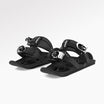

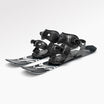
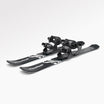

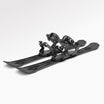

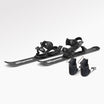






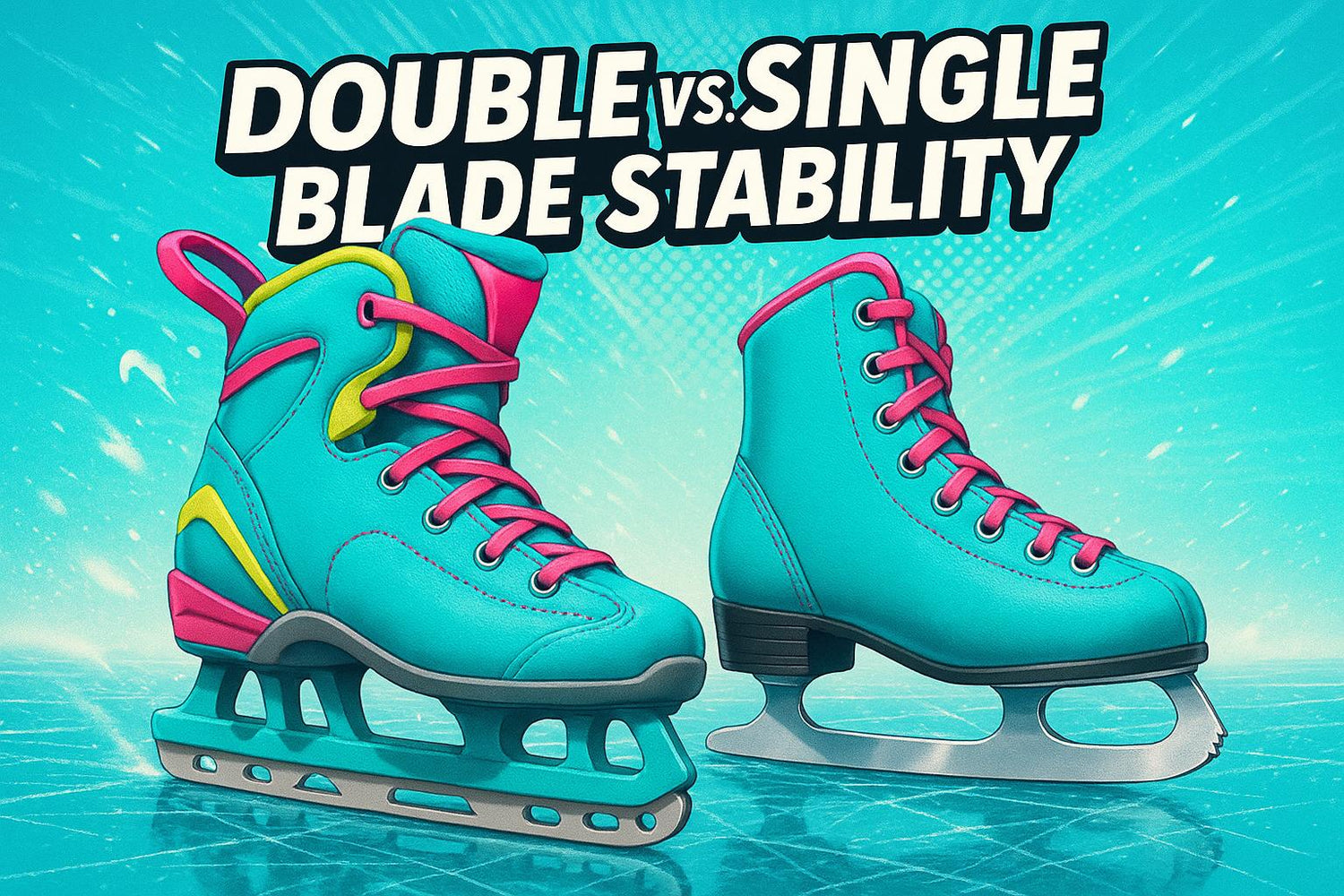
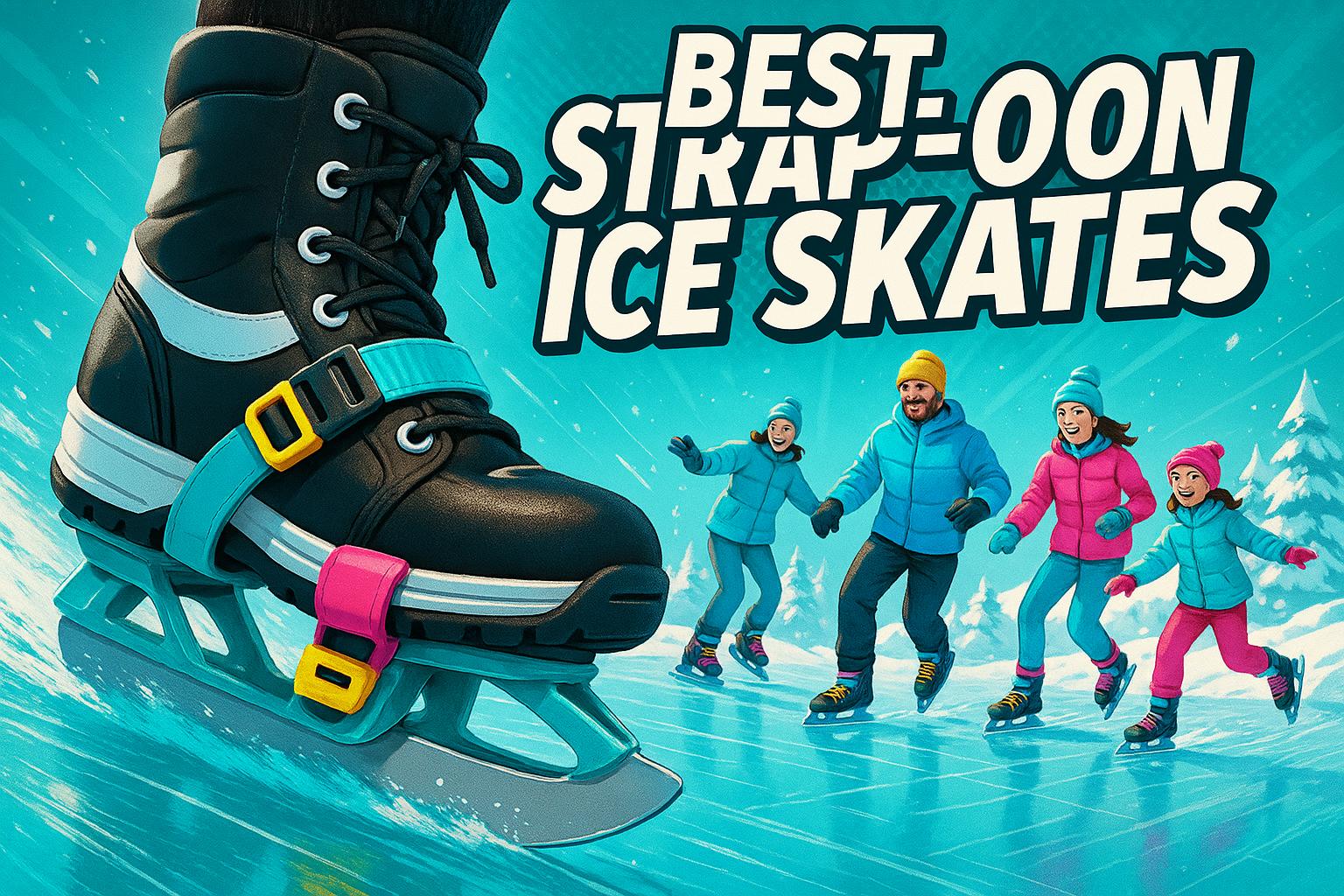
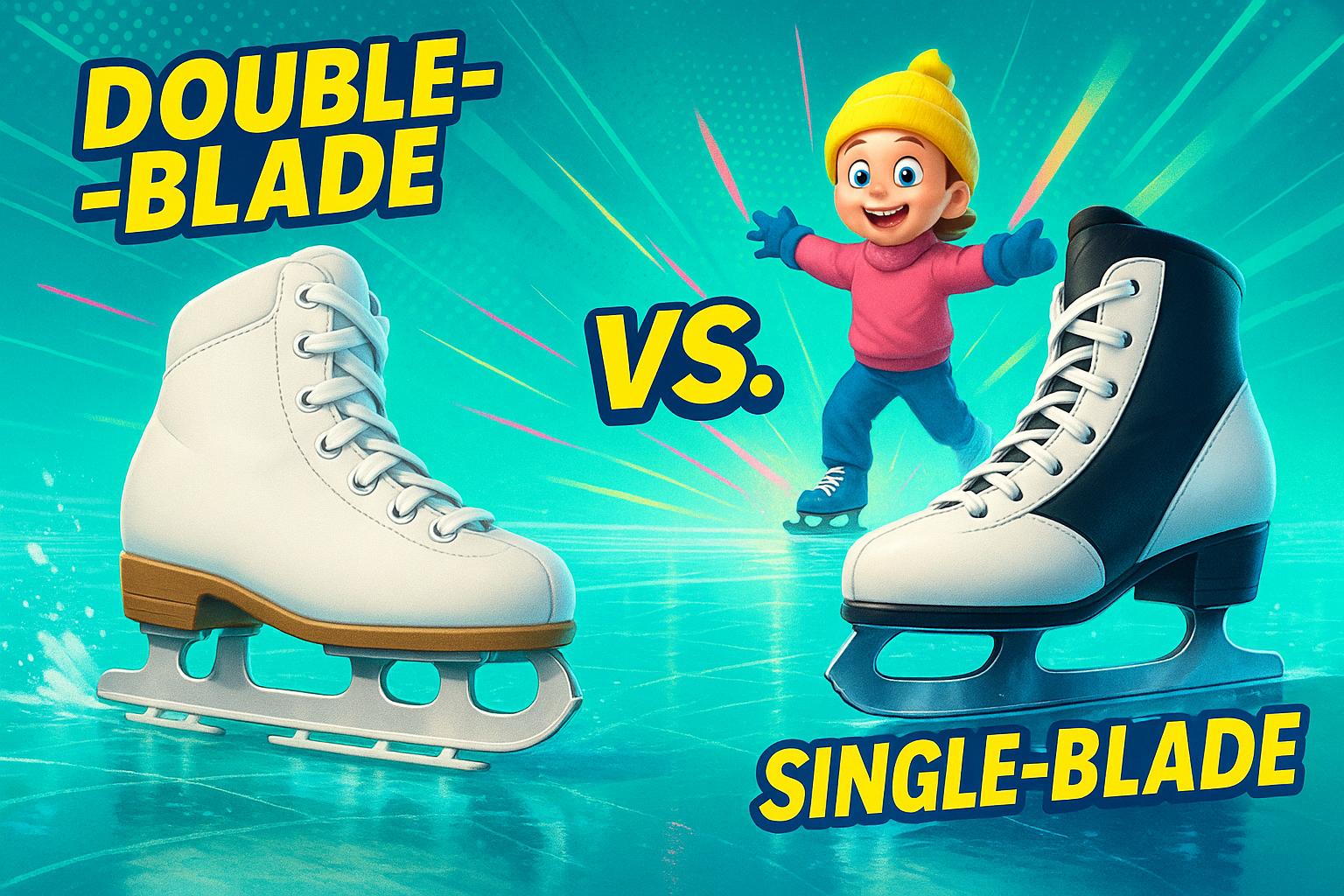

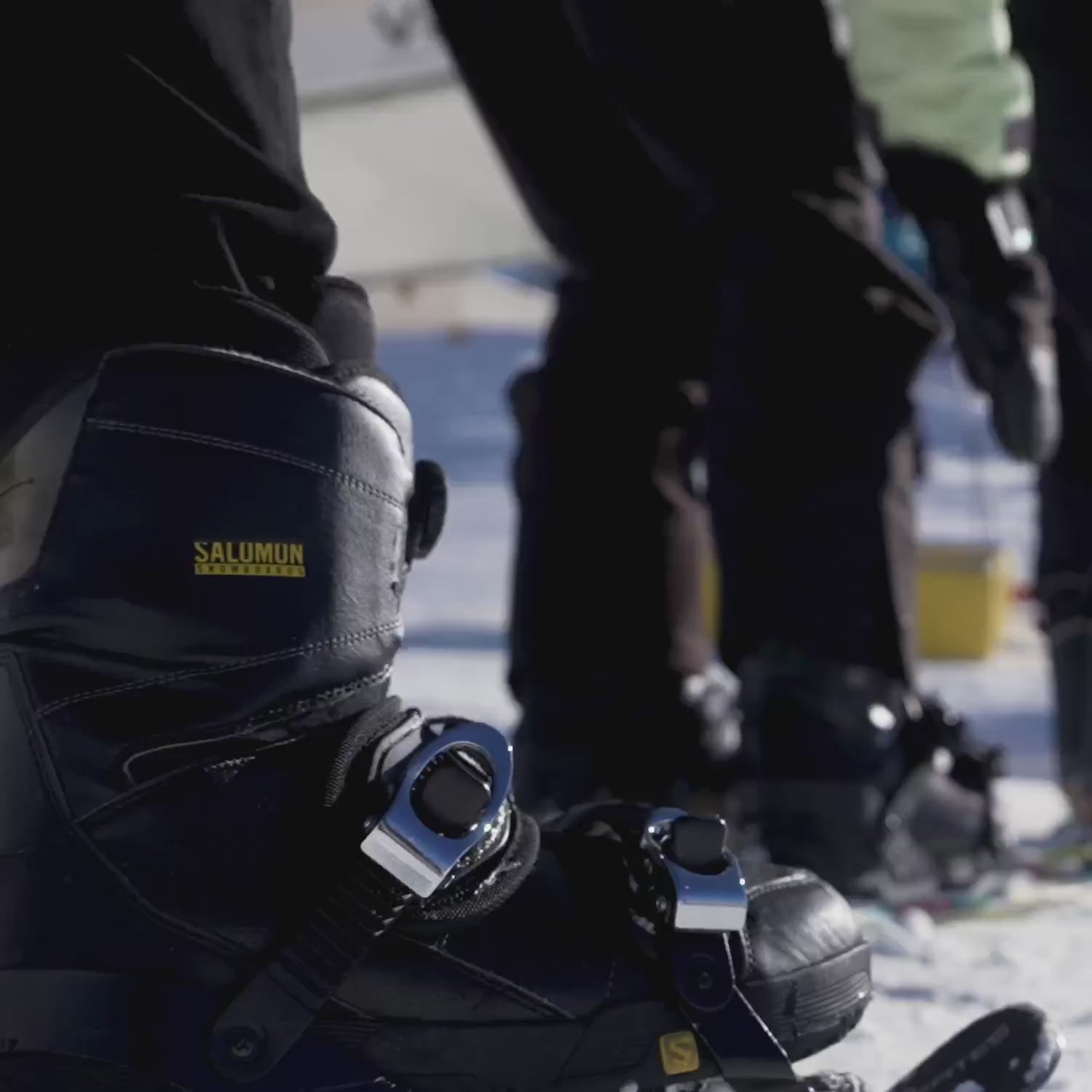

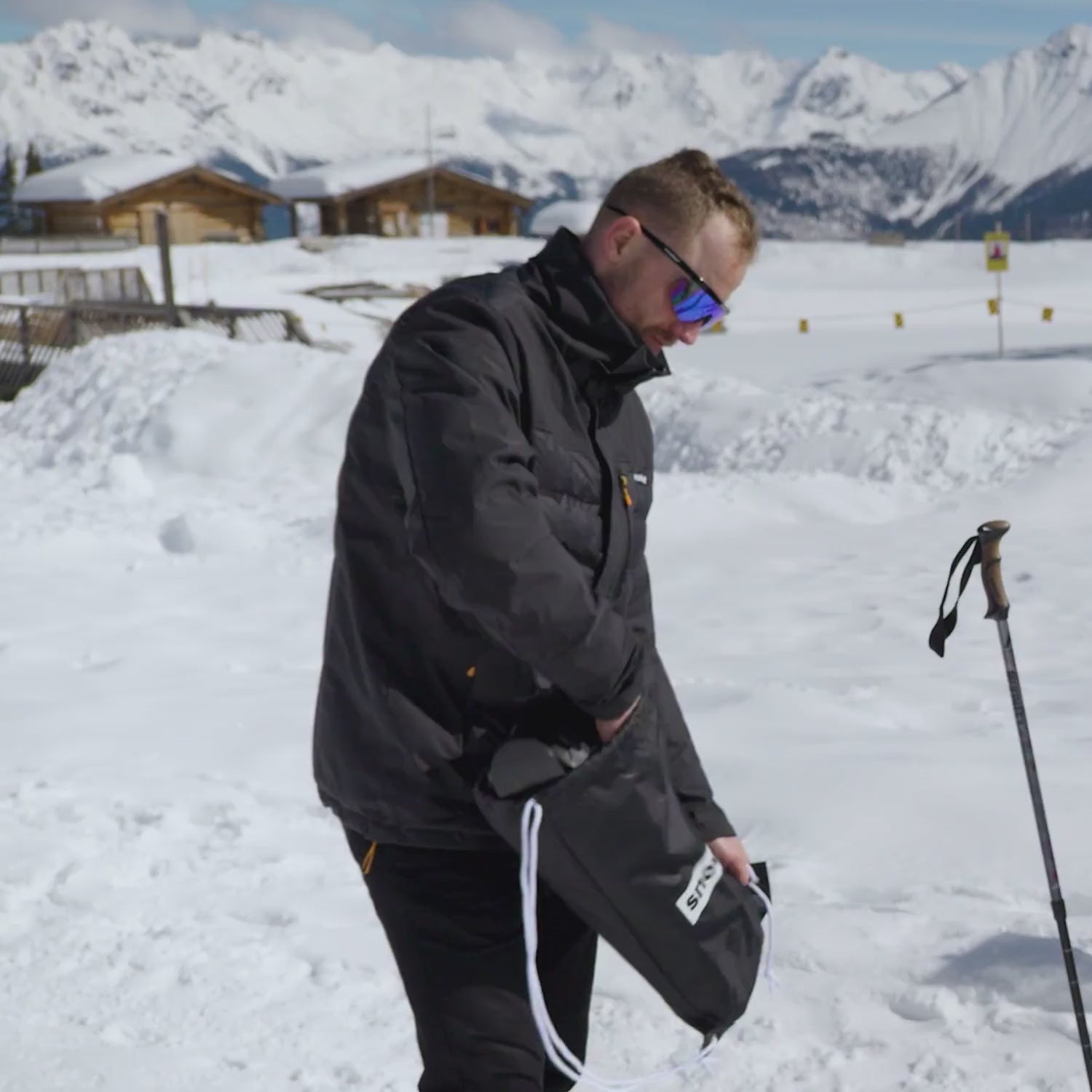
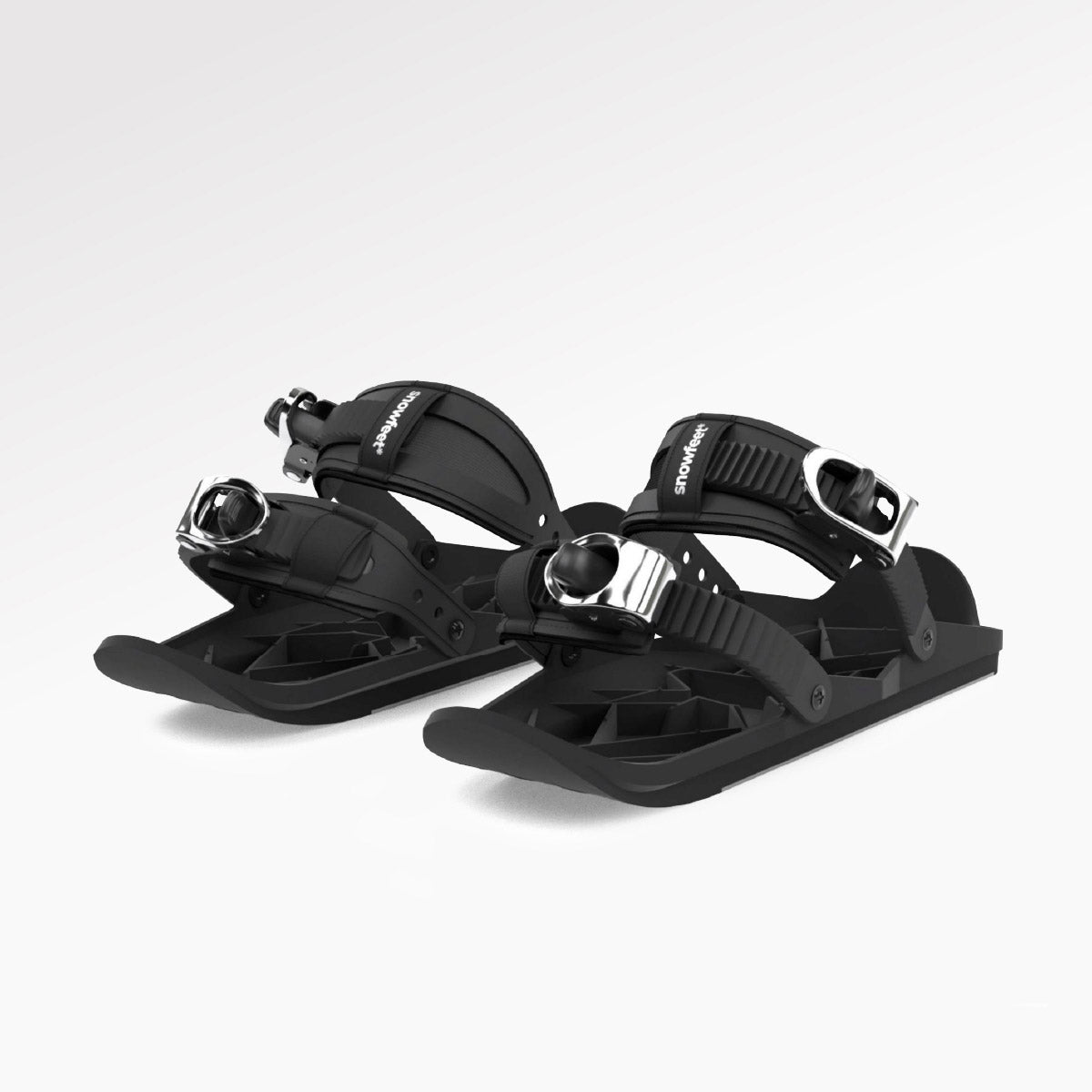
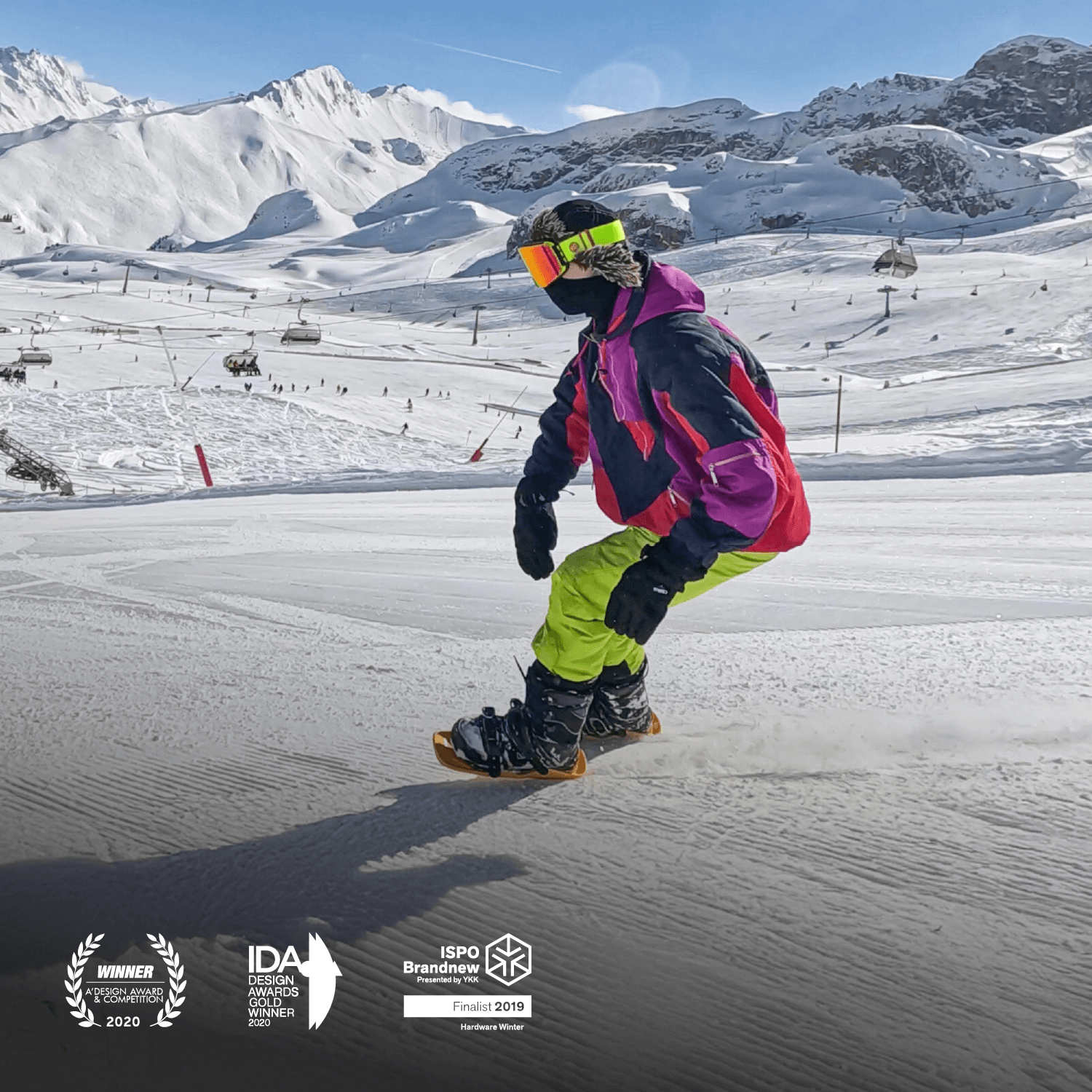
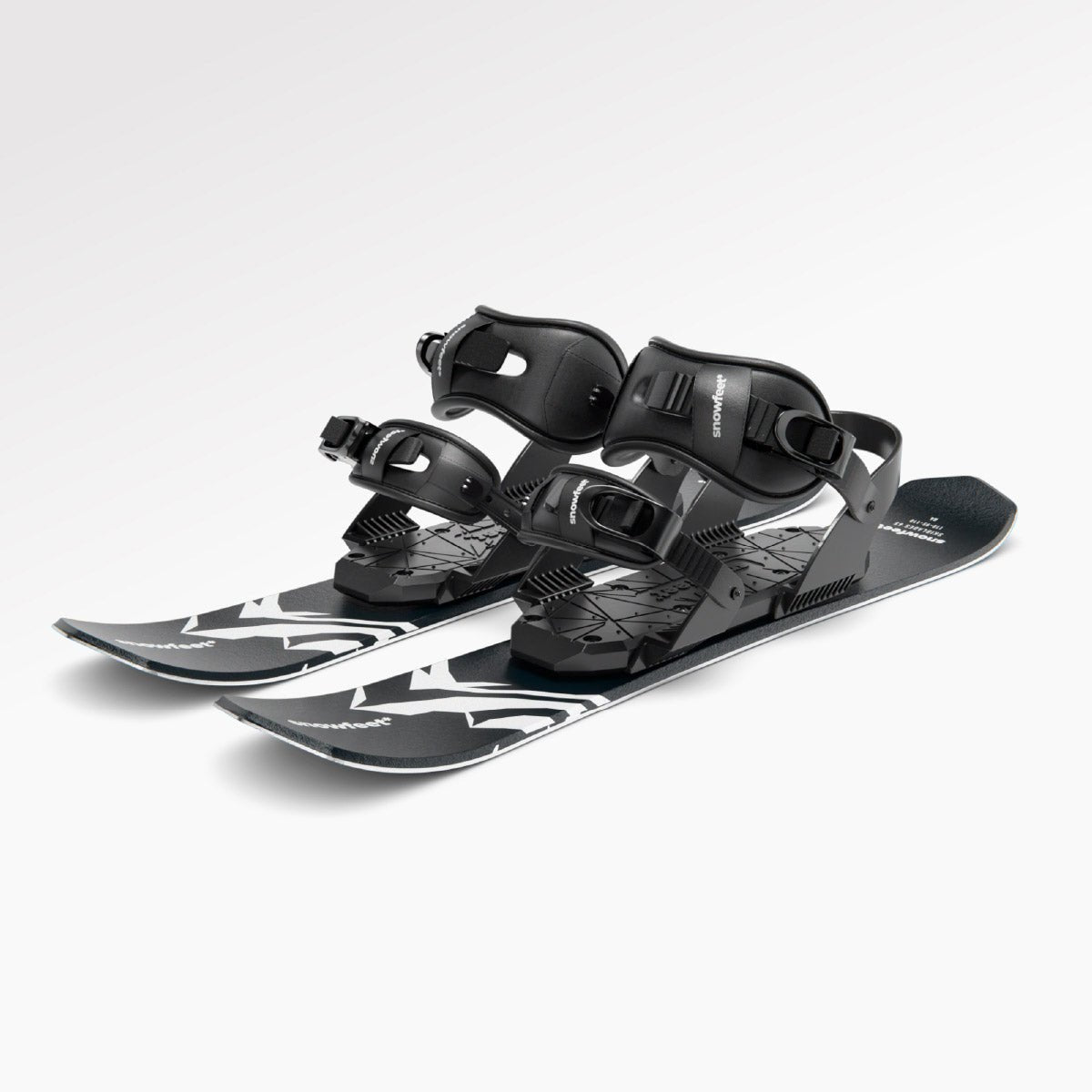

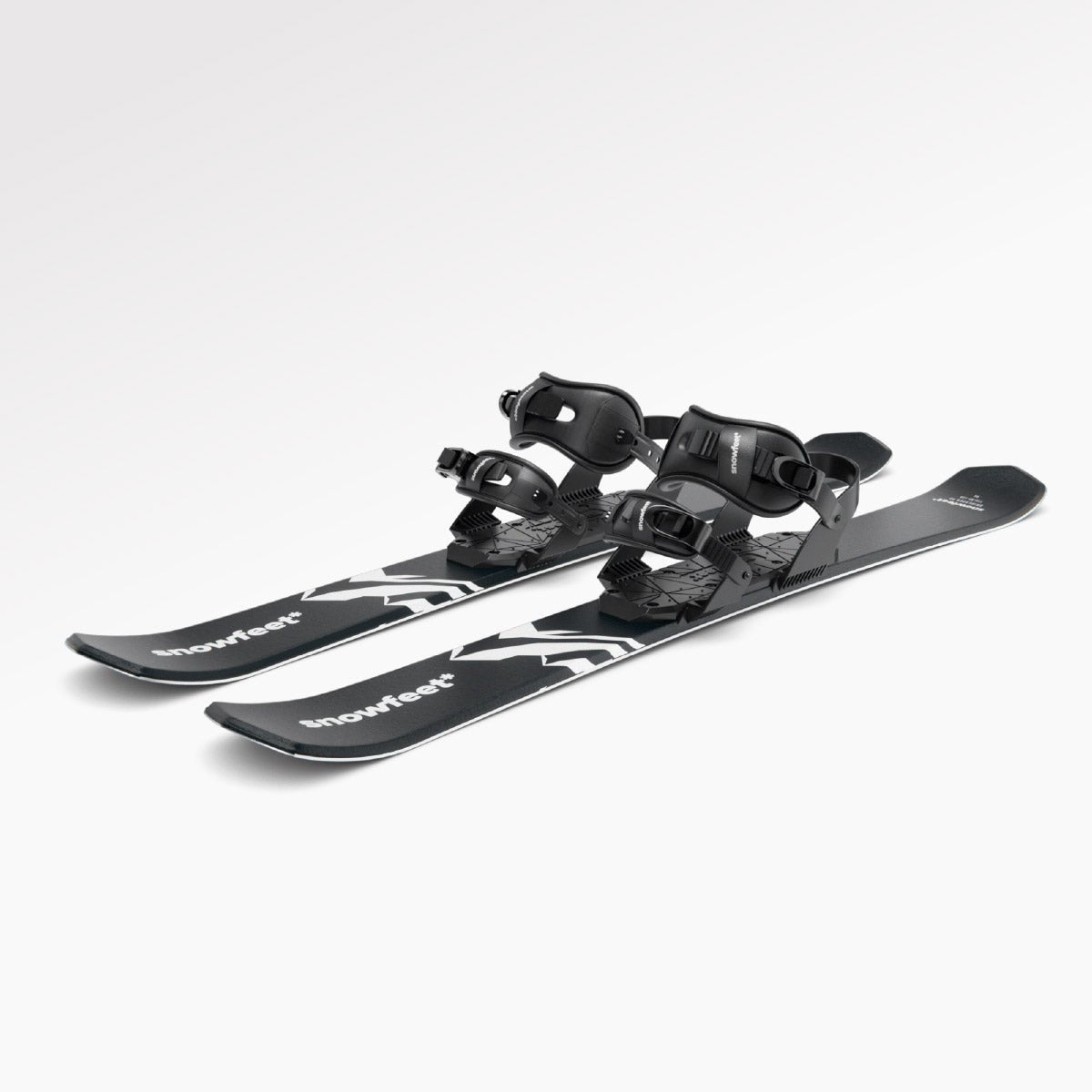
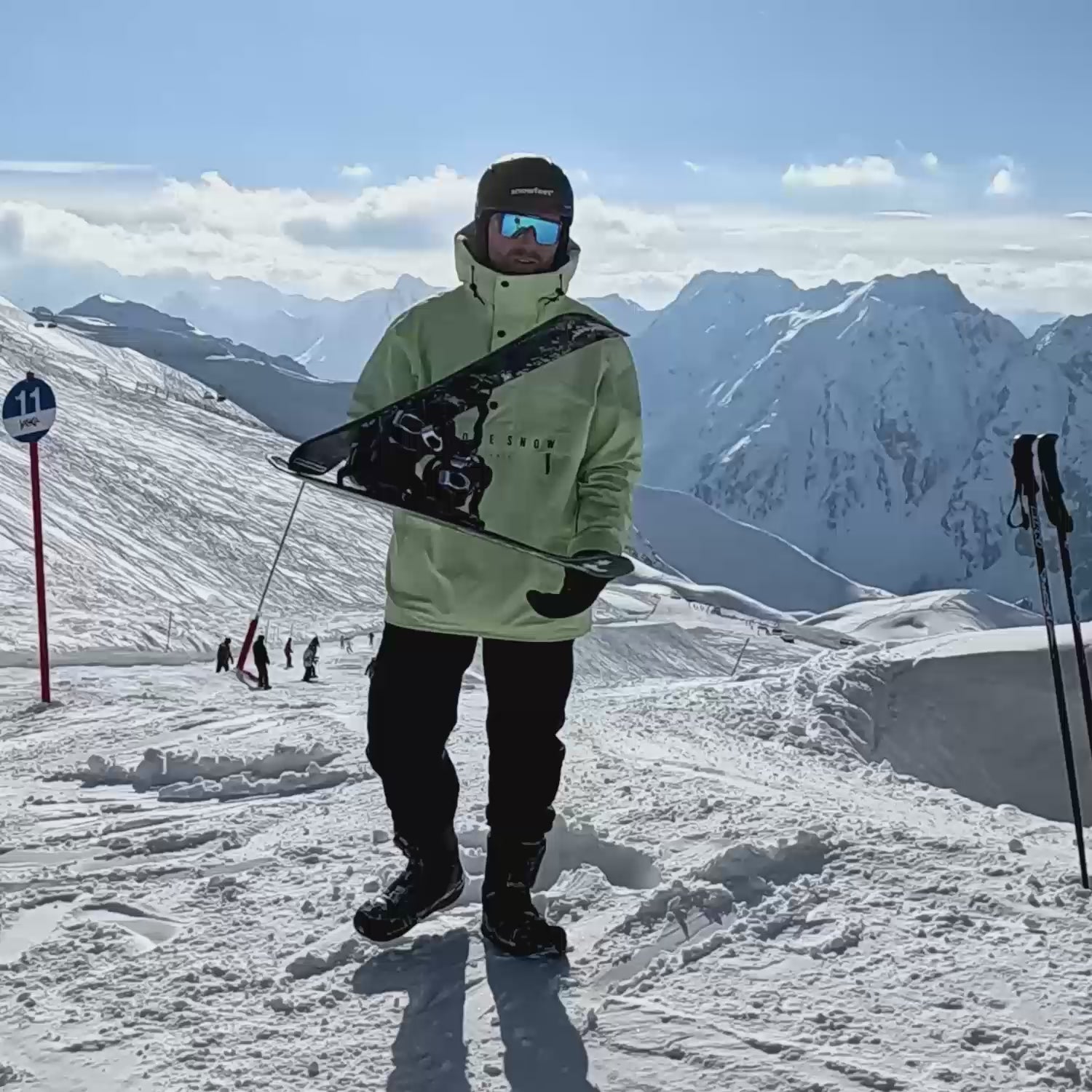
Leave a comment
This site is protected by hCaptcha and the hCaptcha Privacy Policy and Terms of Service apply.